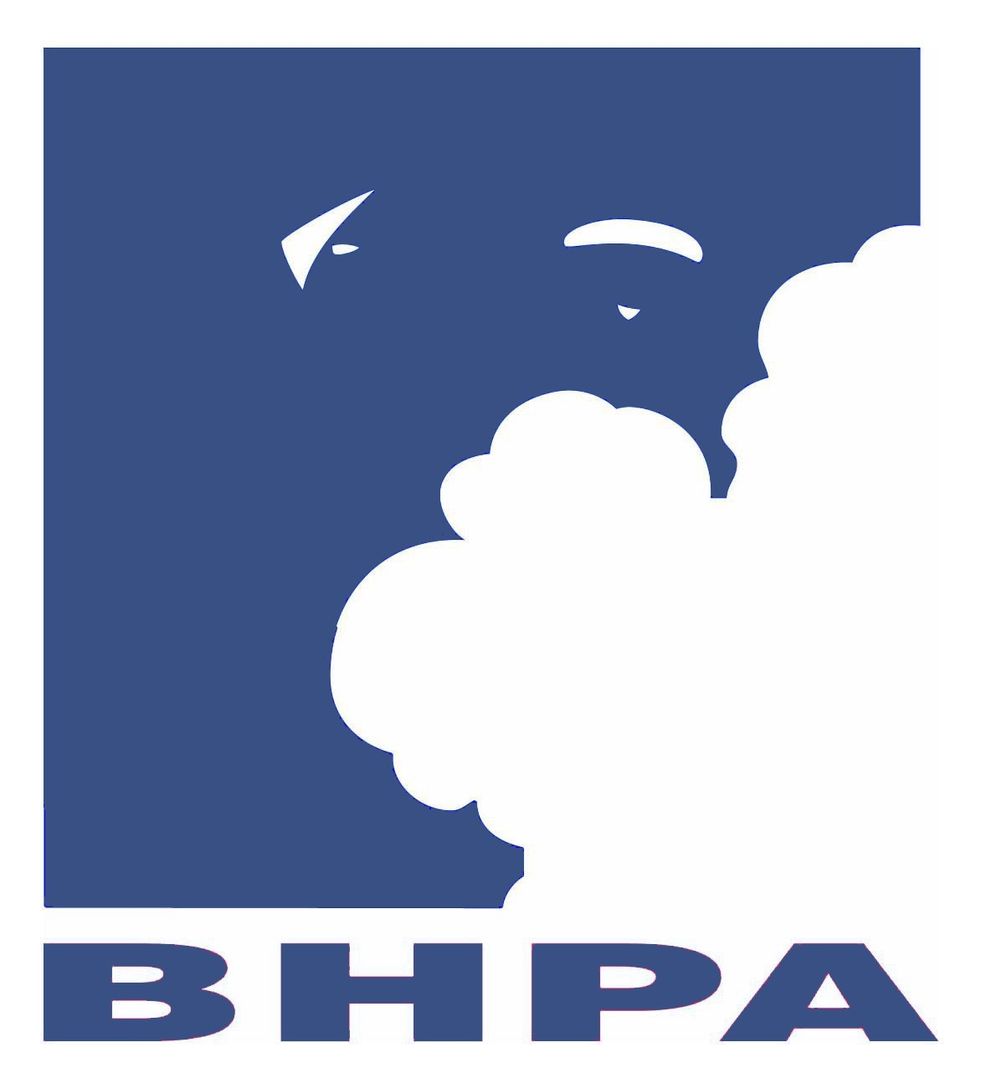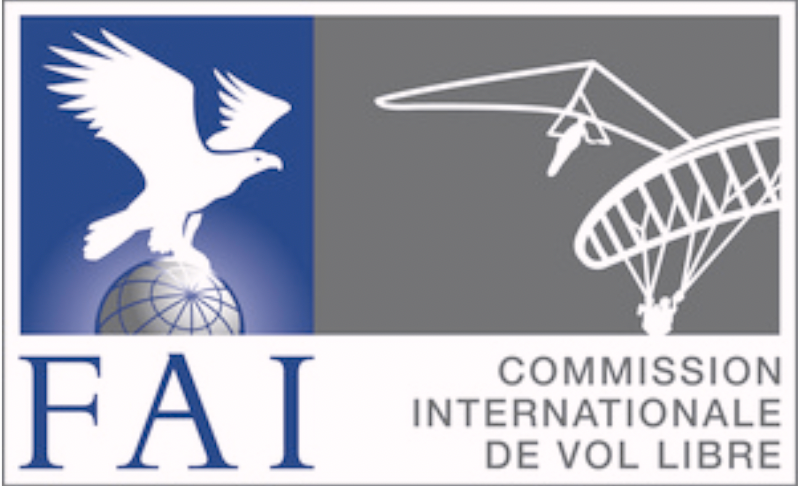There is a certain amount of theory to achieve during the week plus an easy multiple-choice exam for beginners, it's really very easy and we provide lectures during the week. You don’t need to know any rocket science to learn to fly a paraglider but there is a need to know and have a basic comprehension of how gliders fly and the rules of the road. Knowledge of the weather is part and parcel of making good safe flying decisions and getting the best out of your flying. Lectures will be given on all aspects of the exam and more.
Some basic background reading can be very useful, for good and easily comprehensible literature that would ease you into the sport try any of these titles;
BHPA Pilot Handbook by Mark Dale: a superb book, very readable and highly informative.
Touching Cloudbase by Ian Currer: A Bit of a paragliding bible guides you from the very basics to novice pilot level in a nice logical order.
Understanding the Sky - Dennis Pagen; a Brilliant book on the weather, really easy to absorb and understand, not too fiendishly technical.
All these books are available from us just email us
Brilliant new E-learning Resource
Touching Cloubdbase as you probably all know has been the go-to study book for over 20 yrs.
The Author, Ian Currer ran one of the largest paragliding schools in the Uk and a massive early online store. Pioneered lots of foreign flying trips and now works as an examiner and BHPA tech officer at the BHPA.
Over the last year, he has now Compiled a great learning resource online and added lectures and video tutorials from Elementary to Pilots. It not only does it cover your Ep- Cp it also offers post-Cp progression theory so you will be well placed for your pilot exam.
His books retail for £25, his E-learning lectures & video resources are available for just £50. You’ll need to register an account, and reference FlySpain as a school contact and you’ve got plenty of pre-course reading and ongoing content to keep you busy until you see us here.
Follow the link at Touching cloudbase


